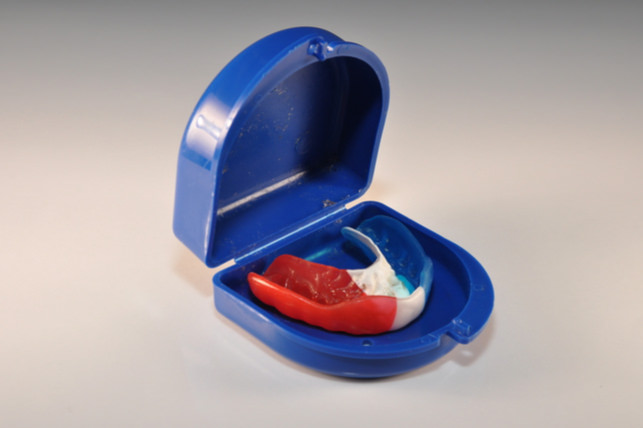Your child needs sleep, that’s a fact. But they require different amounts of sleep as they age. Here’s a quick guide outlining how much sleep your child during each stage of their development.
0 – 3 Months Old
Sleep can be hard to come by with a newborn baby. That’s because newborns need a total of 10 – 18 hours of sleep per day on an irregular schedule. Newborns will fuss, cry or rub their eyes when they need to sleep, so parents should pay attention to understand when to put them to bed.
Newborns need 10 – 18 hours of sleep per day.
4 – 11 Months Old
Around 4 – 11 months, infants are usually capable of sleeping through the night, with occasional disturbances. In addition, most infants will take 2 – 4 naps per day, which can last between 30 minutes and 2 hours. Parents should put their infants to bed when they show signs of sleepiness, rather than waiting for them to fall asleep. This will help them become more independent when falling asleep in the future.
Infants need 10 – 18 hours of sleep per day.
1 – 2 Years Old
Around 18 months, your toddler will begin needing less frequent naps, and may only take one nap, for 30 minutes to 2 hours. Many toddlers resist going to bed at bedtime, and experience nighttime awakenings. Parents can help their toddlers sleep through the night by setting a consistent bedtime schedule, which helps set their internal clocks to a designated bedtime.
Toddlers need 9 – 16 hours of sleep per day.
3 – 5 Years Old
Preschoolers typically sleep between 11 – 13 hours per night, and only require one nap per day. As with toddlers, preschoolers can experience difficulty sleeping through the night, and some resist bedtime. Parents can help children get past this with a security item like a blanket or teddy bear, which can comfort children through the night.
Preschoolers need 8 – 14 hours per day.
6 – 13 Years Old
As a child’s schedule increases with school and social activities, their need for a good night’s rest increases too. Typically, children don’t need naps, but do need to get a solid 8 – 12 hours of sleep per night. Try limiting TV and digital entertainment before bed, which can make it more difficult for a child to fall asleep.
Children need 8 – 12 hours of sleep per day.
14 – 17 Years Old
By this point, your teen should be able to sleep comfortably throughout the night, and may only need one nap per day, between 20 – 40 minutes. In fact, your child may come to value their sleep and need no instruction to go to bed. Try to emphasize the importance of adequate sleep with your child, and establish a bedtime routine that takes TV’s and computers out of their bedroom, and avoid caffeinated beverages at dinner so that they don’t have extra energy before bed.
Teens need 7 – 11 hours of sleep per day.
Does Your Child have Trouble Sleeping?
Poor and inadequate sleep can lead to developmental problems, mood swings, and impact your child’s ability to learn. Talk to us about your child’s sleep routine, and pay attention to your child’s nightly routine to see if there are any routines that may be impeding their ability to sleep.










 Dried fruit is a food that you should avoid if you’re trying to improve your child’s oral health. Dried fruit contains much higher levels of sugar than their natural counterparts, and none of the water that helps make fruit so healthy. Let’s use prunes as an example. Prunes are just dried plums, except just one cup of prunes contains more than 400 calories and 45 grams of sugar. However, one plum contains just 75 calories and 16 grams of sugar. The bottom line is that you should choose fresh fruit and not dried fruit.
Dried fruit is a food that you should avoid if you’re trying to improve your child’s oral health. Dried fruit contains much higher levels of sugar than their natural counterparts, and none of the water that helps make fruit so healthy. Let’s use prunes as an example. Prunes are just dried plums, except just one cup of prunes contains more than 400 calories and 45 grams of sugar. However, one plum contains just 75 calories and 16 grams of sugar. The bottom line is that you should choose fresh fruit and not dried fruit. 